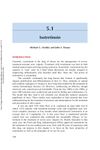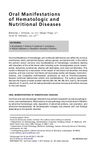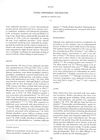Periorbital Reconstruction in Facial Paralysis
October 2021
in “
Operative techniques in otolaryngology--head and neck surgery
”
TLDR The document concludes that various surgical techniques and postoperative care are used to protect eye health, improve vision, and restore facial balance in people with facial paralysis.
The document discusses techniques for periorbital reconstruction in facial paralysis patients, emphasizing the importance of maintaining ocular health and addressing issues like xerophthalmia and exposure keratopathy. While conservative methods offer temporary relief, surgical interventions such as upper eyelid loading with platinum weights, lateral tarsal strip canthoplasty, and modified tarsoconjunctival flap are often necessary for long-term management. These procedures aim to improve eyelid closure, reduce corneal exposure, and restore facial symmetry, with detailed operative techniques provided. Post-operative care includes antibiotic ointments and cold compresses to minimize complications. The study had no grant funding or conflicts of interest.




